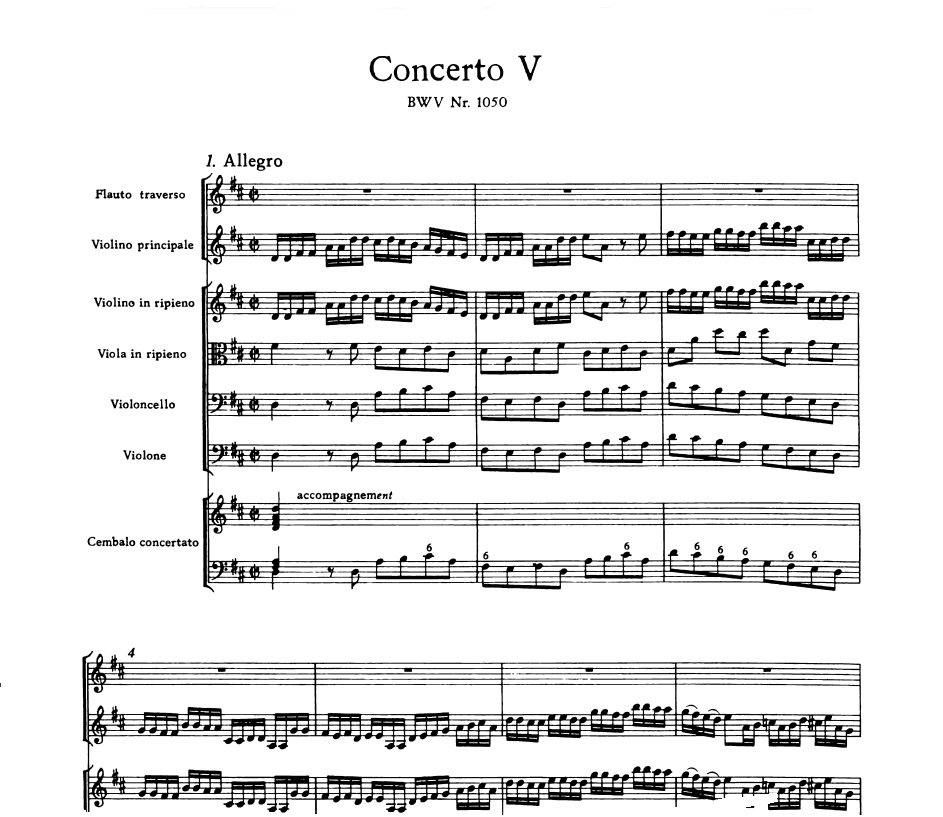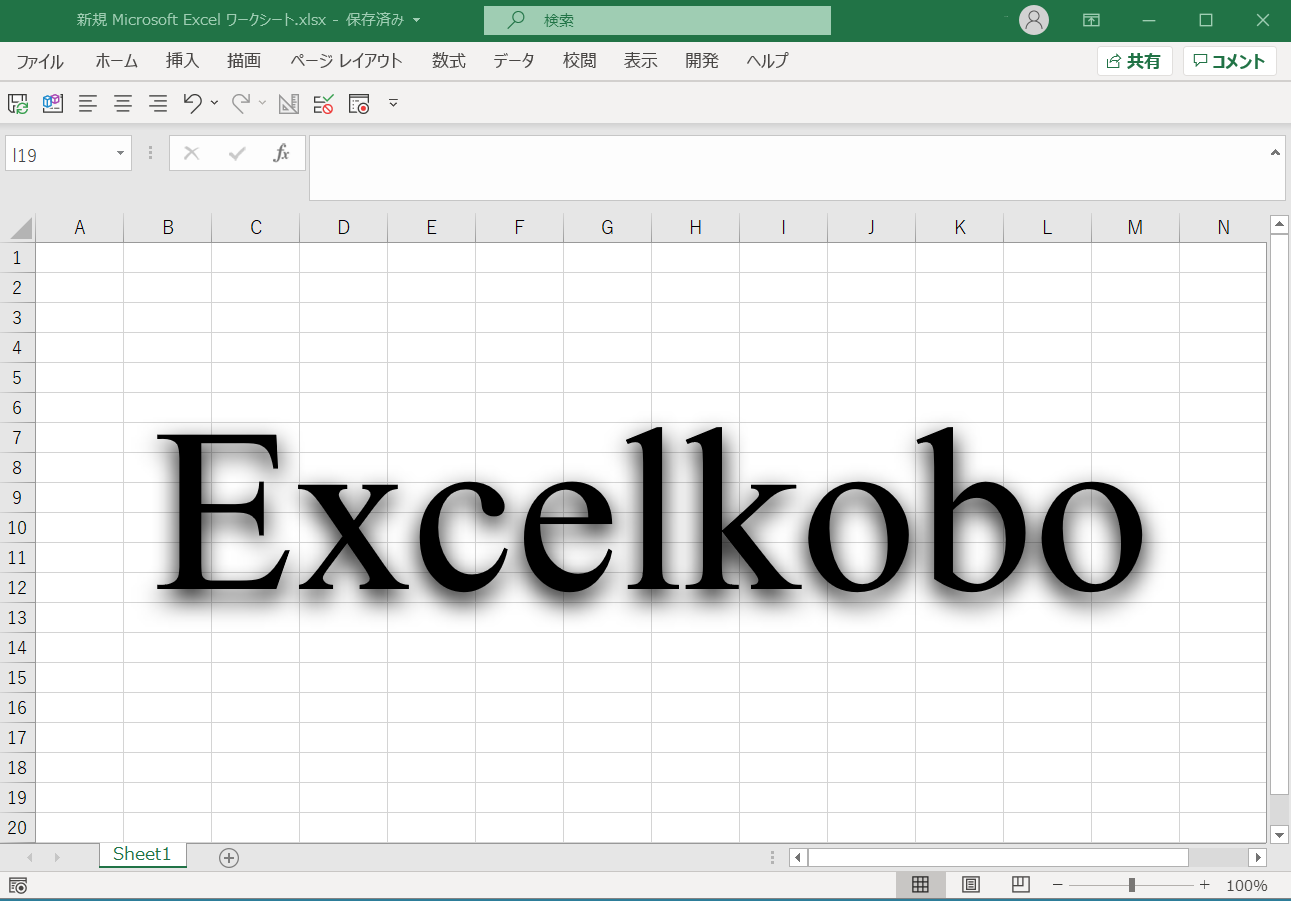About Concerto
1. prehistory of the concerto: the renaissance period and early baroque
(1) Increased independence of instrumental music
During the late Renaissance, instrumental music became independent of vocal music and took on its own identity. This trend facilitated the birth of the instrumental concerto.
(2) Influence of the Venetian School of Music: The Road to the Concerto
An important direct origin of the concerto is the music of the Venetian school of music. In particular, the work of Giovanni Gabrieli (1557-1612) is mentioned.
(3) Canzonas and Sonatas
Gabrieli introduced the “divided choral style” (Italian: cori spezzati), in which several choral (instrumental) groups take turns performing. This technique greatly influenced the dialogic structure of later concertos.
(4) Monody, opera arias, and basso continuo in the early Baroque
In the early 17th century, musical expression changed dramatically. The establishment of the monody style, in which a single melody is supported by a bass continuo, laid the foundation for the division of roles between solo instruments and accompanying orchestra in the concerto. The operatic aria form influenced the melodic and ornamental character of the solo concerto.
2. origins of the concerto: the baroque period
The origin of the concerto can be traced back to Italy in the late 17th century. During this period, instrumental music evolved greatly with the improvement of performance techniques and the development of musical instruments. Concertos of the Baroque period can be roughly divided into the following two categories.
(1) Concerto grosso
Arcangelo Corelli (1653-1713) was the composer who established the concerto form. His “Concerto grosso Op. 6” is characterized by a dialogic structure with a solo group (concertino) and orchestra (ripieno). This form, which emphasizes the beauty of contrast and harmony, greatly influenced later Baroque music. Composers who were influenced by Corelli include Georg Friedrich Handel and Johann Sebastian Bach. Bach, in particular, inherited Corelli’s counterpoint approach but developed it into more complex and sophisticated forms.
(2) Solo concerto
In the late Baroque period, the solo concerto became the predominant form in which the solo instrument interacts with the orchestra. Antonio Vivaldi established the genre of the solo concerto, and his masterpiece “The Four Seasons” is a masterful fusion of solo instrumental virtuosity and dramatic musical expression. Vivaldi further developed Corelli’s technique and skillfully utilized the ritornello form (a form in which the theme is repeated).
3. johann sebastian bach and the apex of the baroque concerto
Johann Sebastian Bach (1685-1750), a composer who established the apex of Baroque music, also revolutionized the concerto form. His “Brandenburg Concertos” in particular is known as a masterpiece of the Baroque concerto. In this work, while taking the form of an ensemble concerto, Bach gave a variety of roles to the solo instruments in each movement, and his counterpoint technique is used to create highly sophisticated music. Bach also composed solo concertos such as the “Violin Concertos” and the “Harpsichord Concertos” under the influence of Vivaldi. In these works, the virtuosity of the solo instruments and the richness of the orchestra are beautifully combined.
4. Bach’s Sons and the Evolution of the Concerto
Johann Sebastian Bach’s three sons also contributed to the development of the concerto. Each was influenced by his father and created music that ushered in the next era.
(1) Wilhelm Friedemann Bach (1710-1784)
Friedemann composed his own concertos, characterized by an improvisatory and free style and situated in the transitional period between Baroque and Classical music. His works are distinguished by formal freedom and highly individualistic melodies.
(2) Carl Philipp Emanuel Bach (1714-1788)
Emanuel was an important composer who served as a bridge to classical music. His “Concertos for Harpsichord” presented a new dialogic relationship between solo instrument and orchestra. Emanuel’s style is rich in emotional expression and represents a new trend called the “Sensitive Style” (German: Empfindsamer Stil). His works are characterized by unexpected tonal shifts, improvisational elements, and techniques that maximize the potential of the instruments (especially the pianoforte). This is one of the factors that led him toward an emotionally rich and personal style that differs from the rigid counterpoint of Baroque music. This style also represents an important step in the transition from Baroque to Classical and then to Romanticism in the history of music.
(3) Johann Christian Bach (1735-1782)
Known as “London Bach” Christian moved completely into the classical style. His concertos are characterized by concise, refined forms and clear melodies, which influenced even Mozart. He made particularly important achievements in the field of piano concertos.
5. the baroque concerto in France
Concertos in France have different characteristics from those in Italy.
(1) French-style overture and concerto elements
Jean-Baptiste Lully (1632-1687) is known as the composer who established the “French overture”. This form, consisting of a slow section (solemn rhythms) and a fast section (contrapuntal and florid passages), was often used in concertos.
(2) French Ensemble Concertos
In France, suites for operas and court music were the norm. Concerto elements were incorporated into these and developed in their own way.
(3) French solo concertos and their slow development
In France, the solo concerto tradition did not take root as strongly as in Italy. In the late 18th century, however, more and more composers were influenced by Italy and gradually began to write solo concertos. Jean-Marie Leclair (1697-1764), for example, was an important composer who established the violin concerto style in France. His works combine Italianate pomp and French refinement.
——————-
Conclusion.
The concerto of the Baroque period, whose form was established by Corelli and Vivaldi, was brought to perfection by Johann Sebastian Bach. His sons then opened up a new era of music and further developed the genre of the concerto. In doing so, the concerto served as a musical bridge from the Baroque to the Classical period and laid the groundwork for later eras. Finally, I would like to share with you a violin concerto that I composed about 50 years ago.


